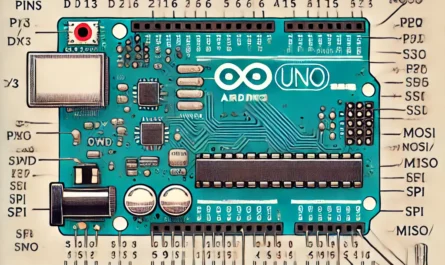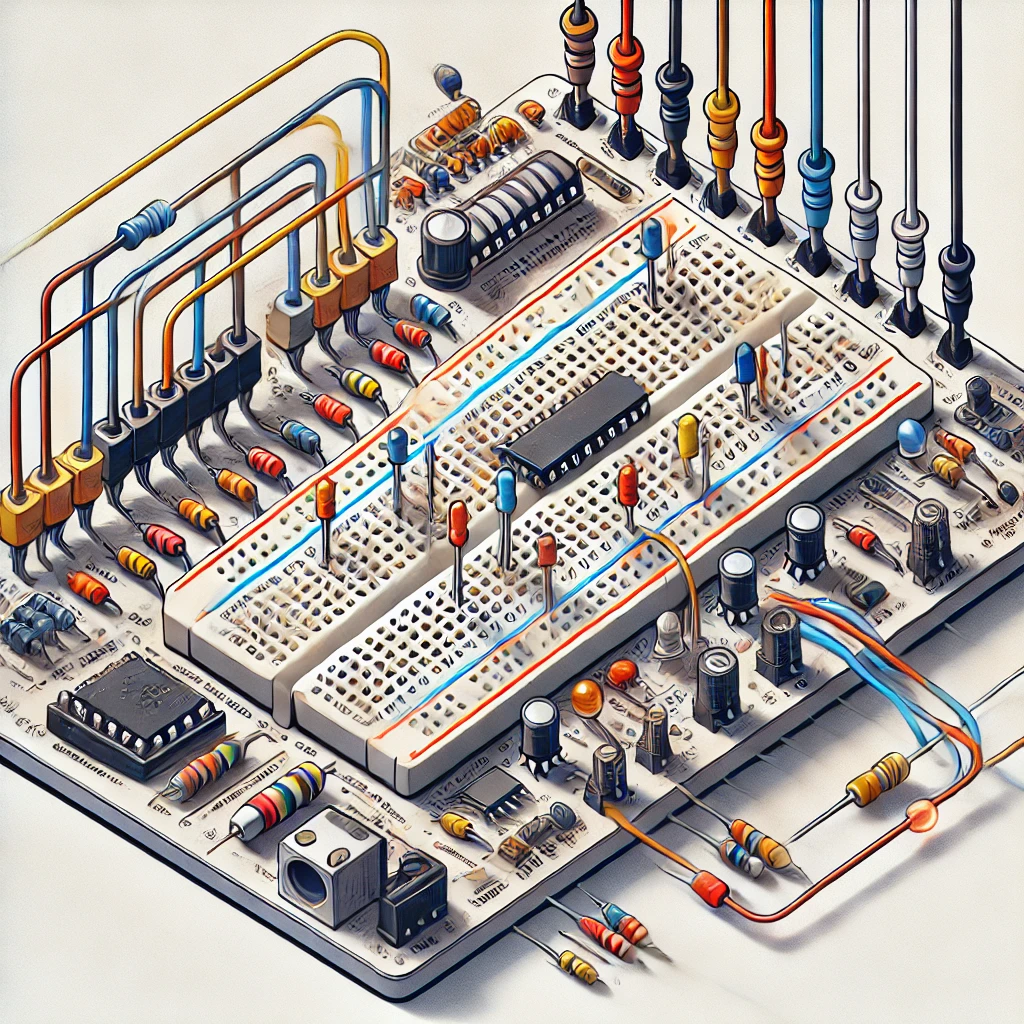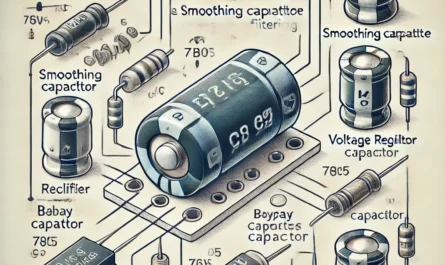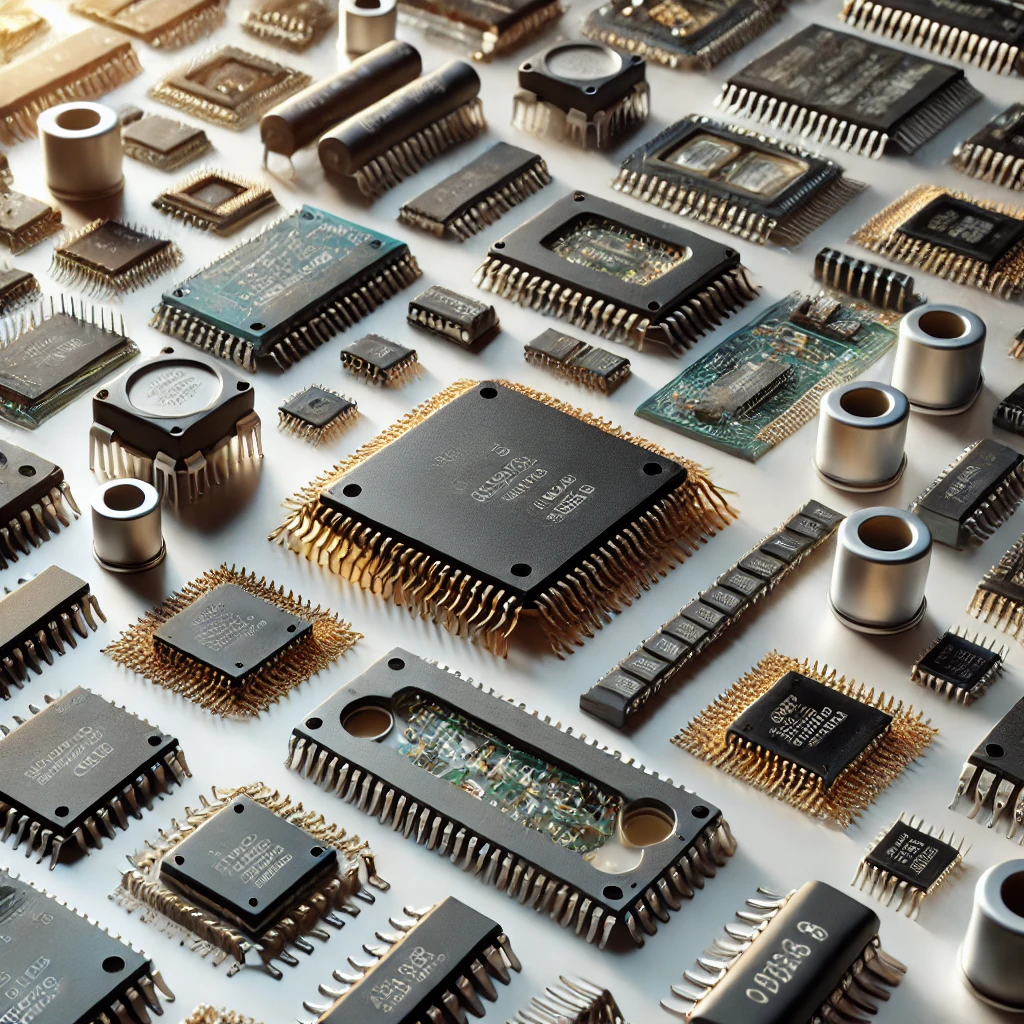📜 Overview
- Definition:
- Jumper wires are insulated, flexible wires with connector tips on each end, used to establish temporary or permanent electrical connections between components.
- Purpose:
- They provide a quick and easy way to connect components on a breadboard, protoboard, or even between PCBs without soldering.
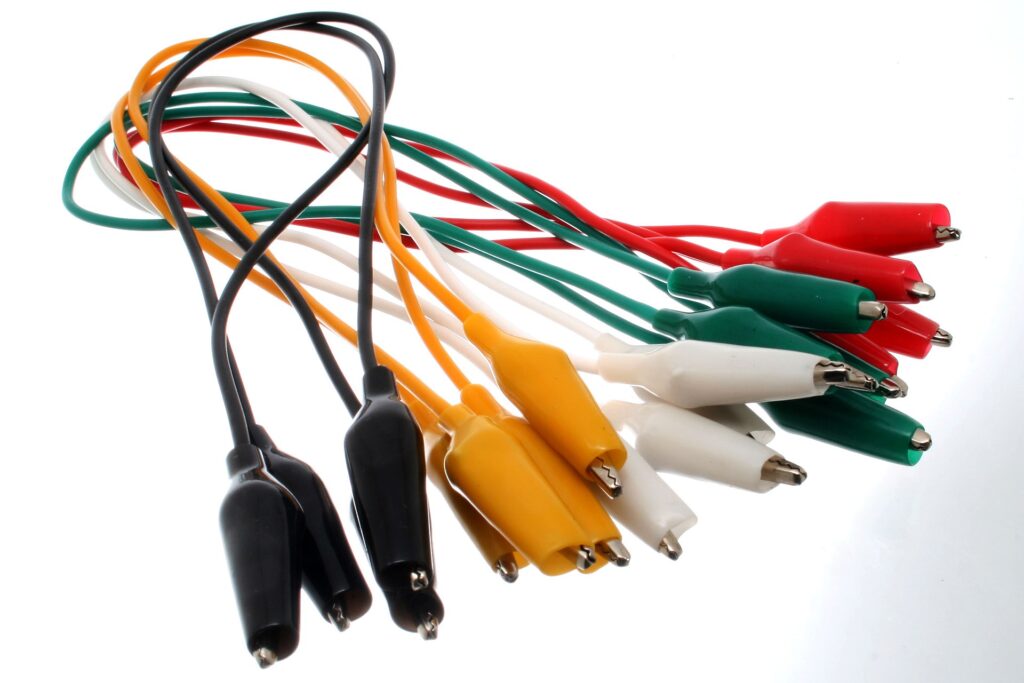
🚀 History & Evolution
- Early Days:
- Initially, simple wires and clips were used to connect components in early electronics prototyping.
- Modern Era:
- The standardized jumper wire was developed to simplify prototyping, especially with the advent of solderless breadboards.
- Now available in various colors and connector types, they enhance both functionality and organization in circuit design.
🔧 Applications of Jumper Wires
- Prototyping:
- Essential for building and testing circuits on breadboards.
- Education:
- Widely used in labs and classrooms to teach basic electronics.
- DIY Projects:
- Perfect for hobbyists assembling circuits for robotics, home automation, and more.
- Debugging & Development:
- Used to connect sensors, microcontrollers, and other components in development setups.
📐 Types of Jumper Wires
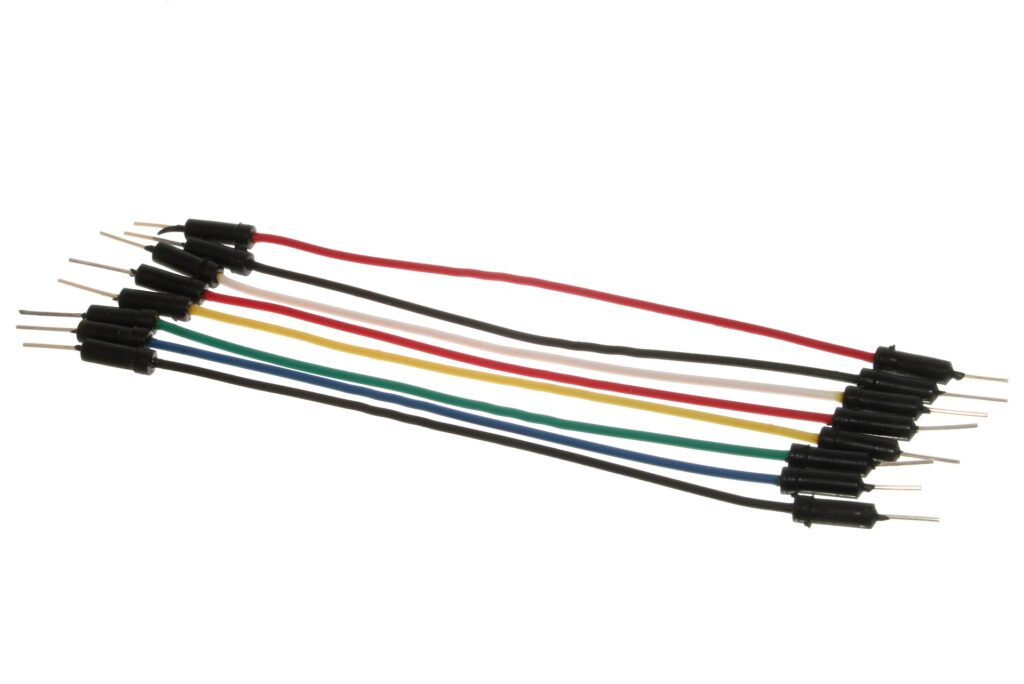
- Male-to-Male (M-M):
- Usage: Connects two female headers (e.g., on a breadboard or Arduino).
- Common In: Breadboard prototyping.
- Male-to-Female (M-F):
- Usage: Connects a male header (on a microcontroller) to a female header (on a breadboard or module).
- Common In: Linking a microcontroller to a sensor module.
- Female-to-Female (F-F):
- Usage: Connects two male headers, useful when interfacing between two breakout boards or modules.
- Common In: Specialized connections where both devices expose male header pins.
- Pre-Cut & Pre-Stripped:
- Convenience: These wires come with connectors attached and are cut to standard lengths for easy use.
- Variety: Available in various lengths and colors for clear circuit layout.
🎯 Key Features & Tips
- Insulation:
- Typically made of PVC or silicone to protect against short circuits and interference.
- Flexibility:
- Designed to be bendable, allowing you to route them neatly on a breadboard.
- Color Coding:
- Different colors help identify connections, making troubleshooting and circuit organization easier.
- Length:
- Available in standard lengths (e.g., 10cm, 20cm, 30cm) to suit various prototyping needs.
🔚 Conclusion
Jumper wires are a fundamental tool in electronics, making it easy to build, modify, and troubleshoot circuits without soldering. Whether you’re prototyping on a breadboard or connecting modules in a DIY project, having a set of good-quality jumper wires is essential.
I hope you find this detailed explanation helpful! Happy building! 😊👌


